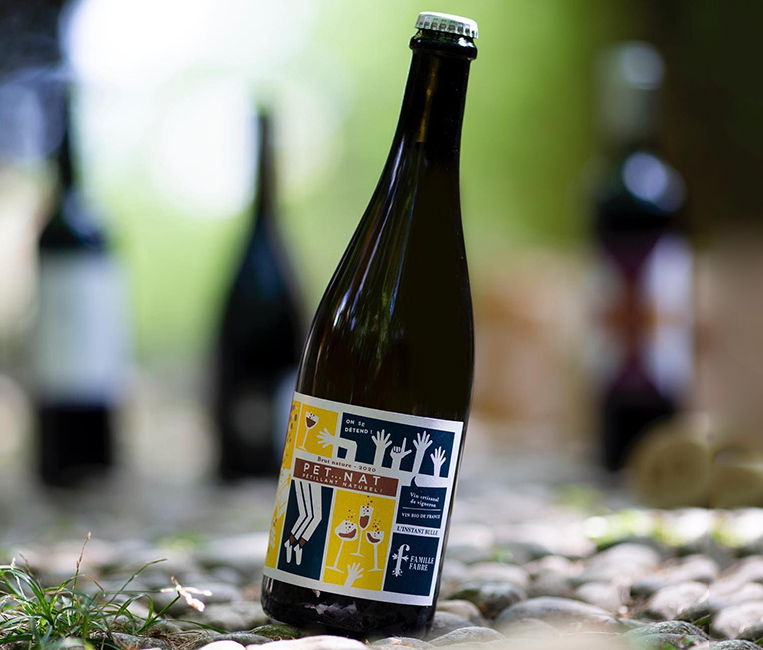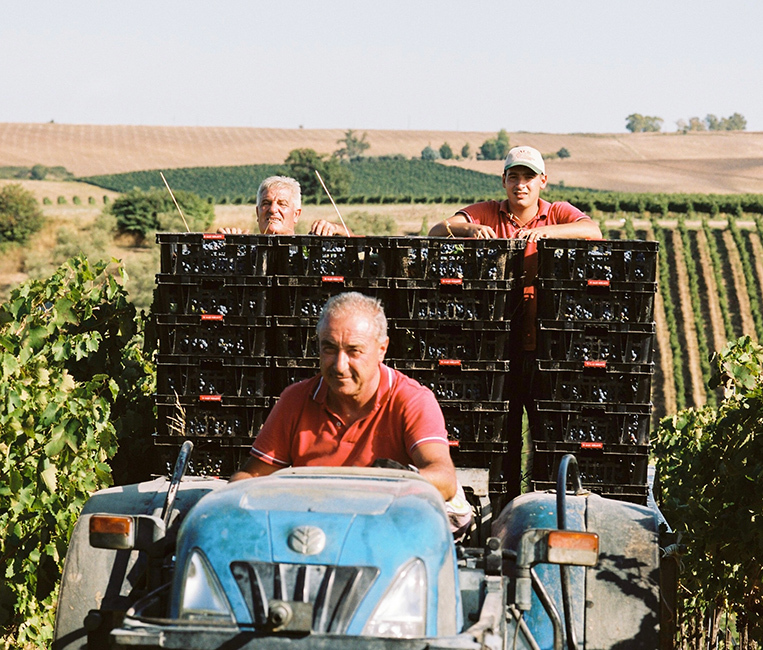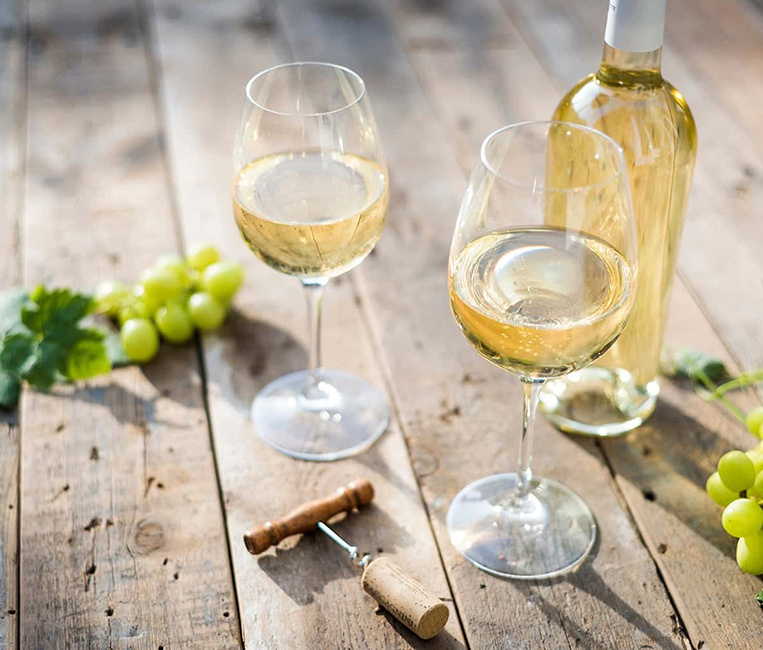Old World vs New World

Wine experts drop these terms so often when referring to the wine world that it’s time we illuminate what exactly the old and new world are and four key points that set them apart
The World of Wine is rather debatably divided between the Old World and New World – a division that reveals much about the story of wine and how the select clutch of wine countries approach the art of winemaking. In simple terms, Old World countries, all of them situated in Europe, have a long and steeped history of winemaking dating back centuries. New World countries on the other hand entered the winemaking space mostly in the mid to late 20th century. India infact only began making making wine in the late 1980s.
These countries have been heavily influenced and inspired by Old World countries – nearly all the grapes they grow come from the Old World- and at the same time have carved their own path and niche. New World countries have positively disrupted the wine world with new and exciting styles, championed the screwcap closure and changed how we read labels. So while there are a few similarities, there are significant differences between the Old and New World and here are four of the most defining ones:

Ancient vs Modern History
The most obvious and inescapable difference between the Old and New World is time. Old World countries began making wines centuries ago and the ferment became an inherent part of their lives and culture. There is plenty of archeological and architectural evidence to show just how wine was integral part of everyday life across Europe.
The New World on the other hand came to serious winemaking as recently as the early to mid-20th century. Two of the New World’s leading countries South Africa and Australia in fact experienced a resurgence less than four decades ago. The Indian wine industry, probably the world’s youngest is just about thirty five years old.
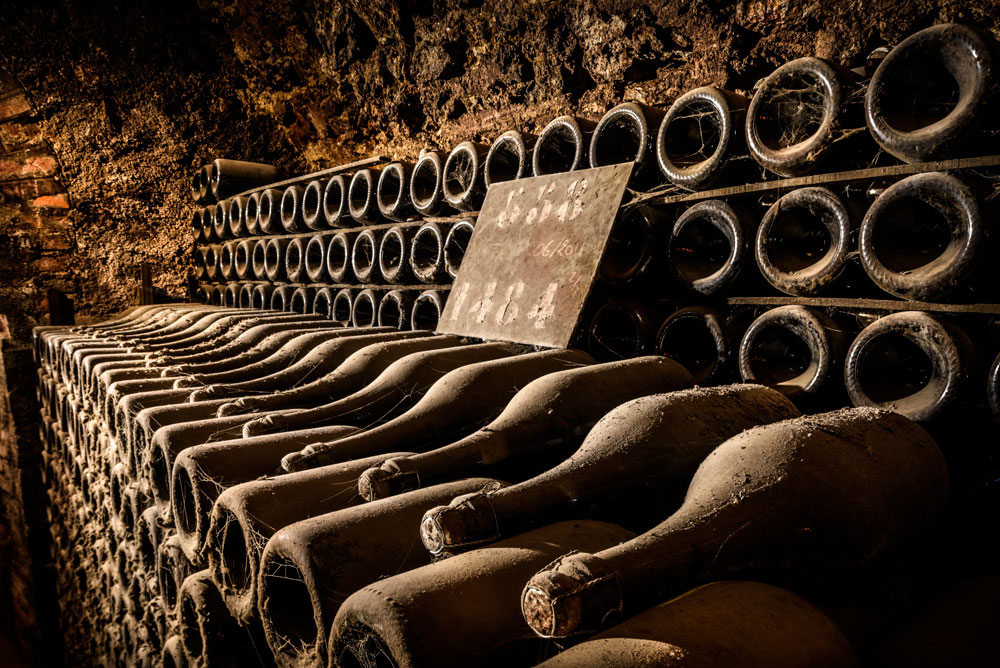
Traditional vs Radical Approach
This is perhaps the most striking difference between the two group of countries. Old world countries honed and perfected vine cultivation and winemaking over centuries and generations of oenologists. Even today, some of the most ancient practices like batonnage and grape stomping are practiced in the Old World.
Grapes are largely picked by hand and old barrels (neutral) are used to mature the wine so that it reflects the region’s terroir
The New World takes a decidedly different approach. They take winemaking to be more of a science than an art, using the terroir to create a wine style tailored to present tastes.
While some of the age old winemaking pratices are part of their approach, New World winemakers imbibe a number of modern and radical techniques. There’s also a liberal use of new oak barrels with the clear objective to add flavour and dimension to the wine.
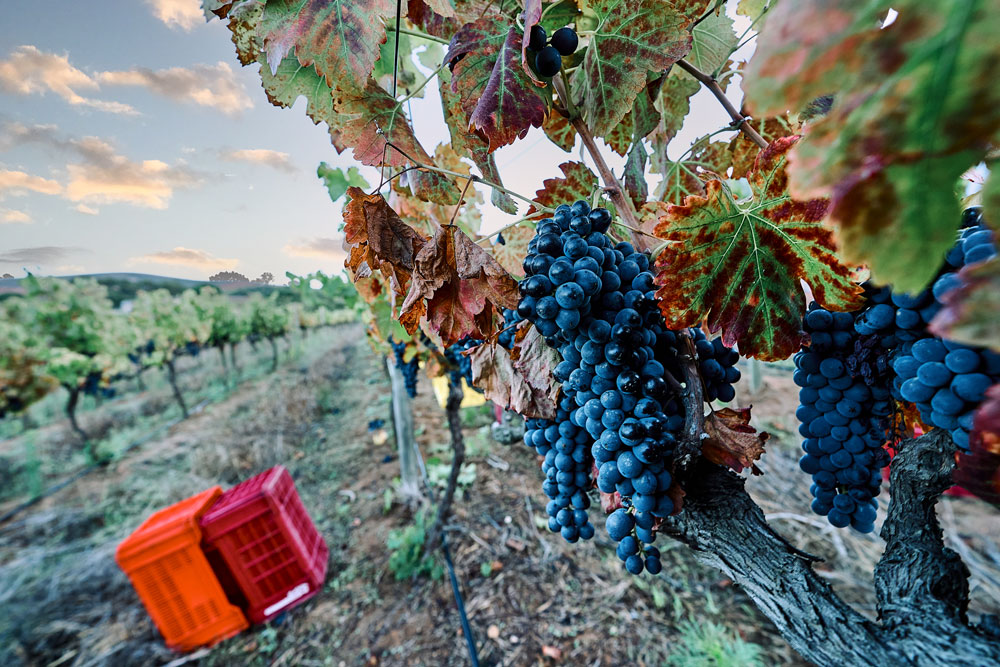
Regional vs Grape Focus
Another significant and stark difference is the focus on region versus grape. There is an innate and strong belief among Old World winemakers that their region’s unique microclimate and soil defines the wine they make. It’s common for winemakers in France and Italy to refer to their wines by regions like Bordeaux Red and Chianti. One look at an Old World wine label and you know that region is king.
The label mentions the region and sub region and the grape might only get a mention at the back. The New World distinctly defers on this, giving both the grape and region equal weight both in winemaking and on the label. While they respect the region’s terroir, they focus on modern techniques to bring out the best in the grape in the vineyard and winery and try to experiment with a number of different grapes, thus opening up the tantalizing possibility of new wine styles and expressions.
Strict vs Liberal Rules
A perpetual debate rages amongst oenophiles about where the strict rules governing most Old World countries are a good or bad thing. France has a system called Appellation d’Origine Contrôlée (AOC) that is nearly 90 years old while Italy’s exhaustive classification regime called Denominazione Di Origine Controllata (DOC) was set up in 1963. These government led institutions classify wines according the regions and sub regions.
They also dictate which grapes can be planted as well as a multitude of rules that winemakers must follow in order to secure the classification they highly value. In the New World, winemakers don’t quite have their hands tied like their European counterparts. While there are certain broad rules pertaining to labelling and use of grapes from other regions, New World winemakers have a relatively free reign which has spurred creativity and innovation that has led to sumptuous results.
Box:
The Old World:
France
Italy
Spain
Germany
Austria
Portugal
The New World:
Australia
America
South Africa
New Zealand
Chile
Argentina
India


